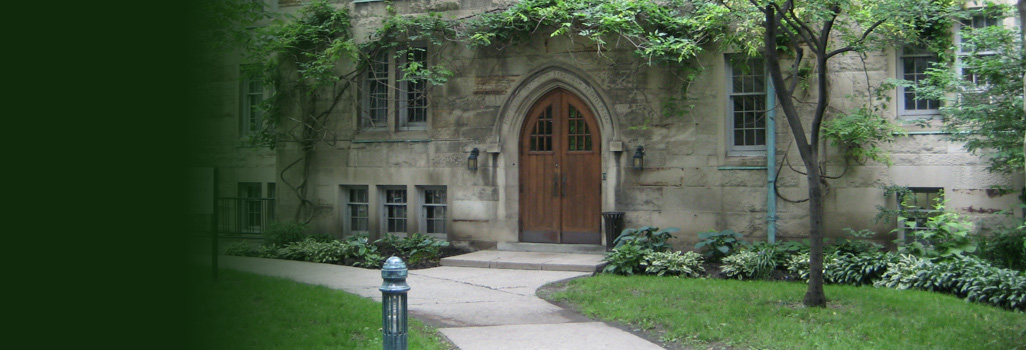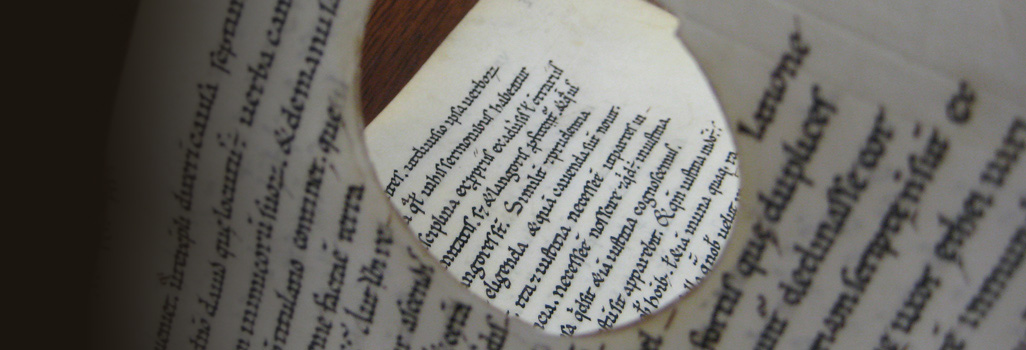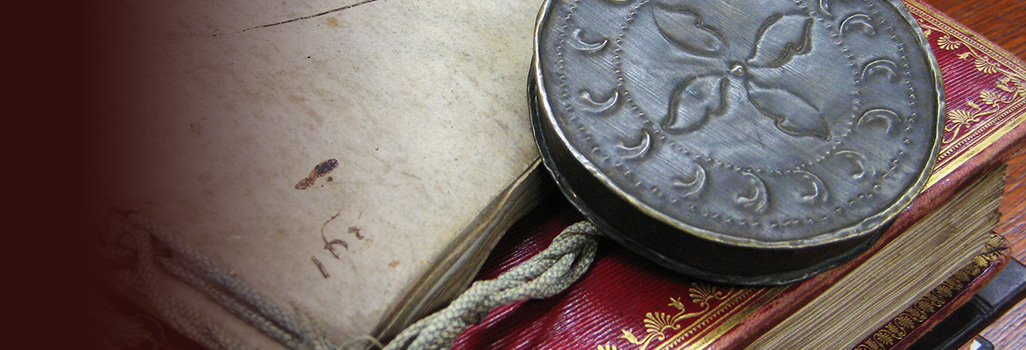Seminar: “Cistercians, Mendicants and Secular Masters: Hildegardian Apocalypticism in the Thirteenth Century”
Magda Hayton (Mellon Fellow, PIMS)
One of the most widely read apocalyptic works of the Middle Ages was the Pentachronon sive speculum futurorum temporum (Book of Five Times or Mirror of Future Times), an anthology of selections from the prophetic writings of Hildegard of Bingen (1098–1179) that was compiled c.1220. The creation of the Pentachronon and the evidence of its early circulation points to an active Cistercian apocalypticism in the first half of the thirteenth century. This time is better known for the dissemination of prophecies ascribed to Joachim of Fiore (d.1202) and the emergence of Franciscan apocalypticism. This seminar examines the common circulation and reception of the Pentachronon and Joachite works, particularly the Super Hieremiam (Jeremiah Commentary), in both Cistercian and mendicant circles and introduces two moments in which Cistercian and Franciscan apocalypticisms are found in conversation: first, during the secular-mendicant controversy at the University of Paris in the 1250s and 1260s and second in a c.1270 copy of the Expositio in Apocalypsim, a commentary on the Apocalypse written between 1235 and 1249 by the Franciscan friar Alexander of Bremen.


